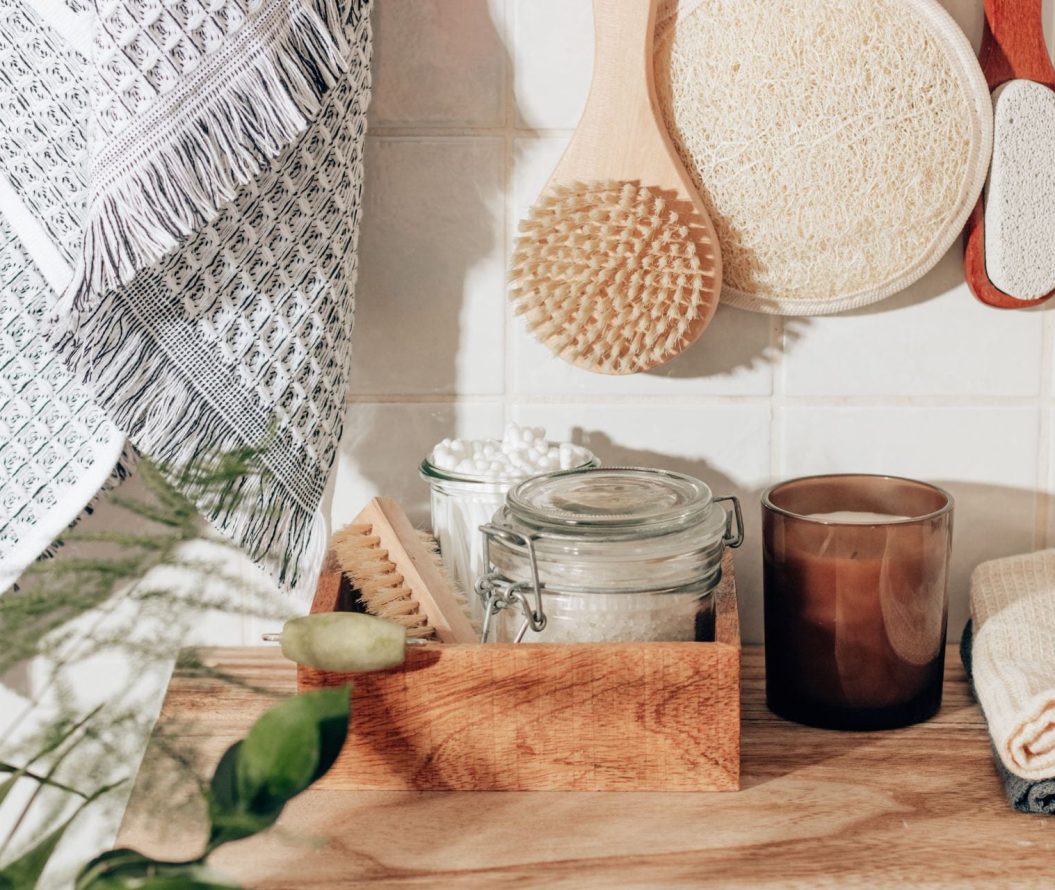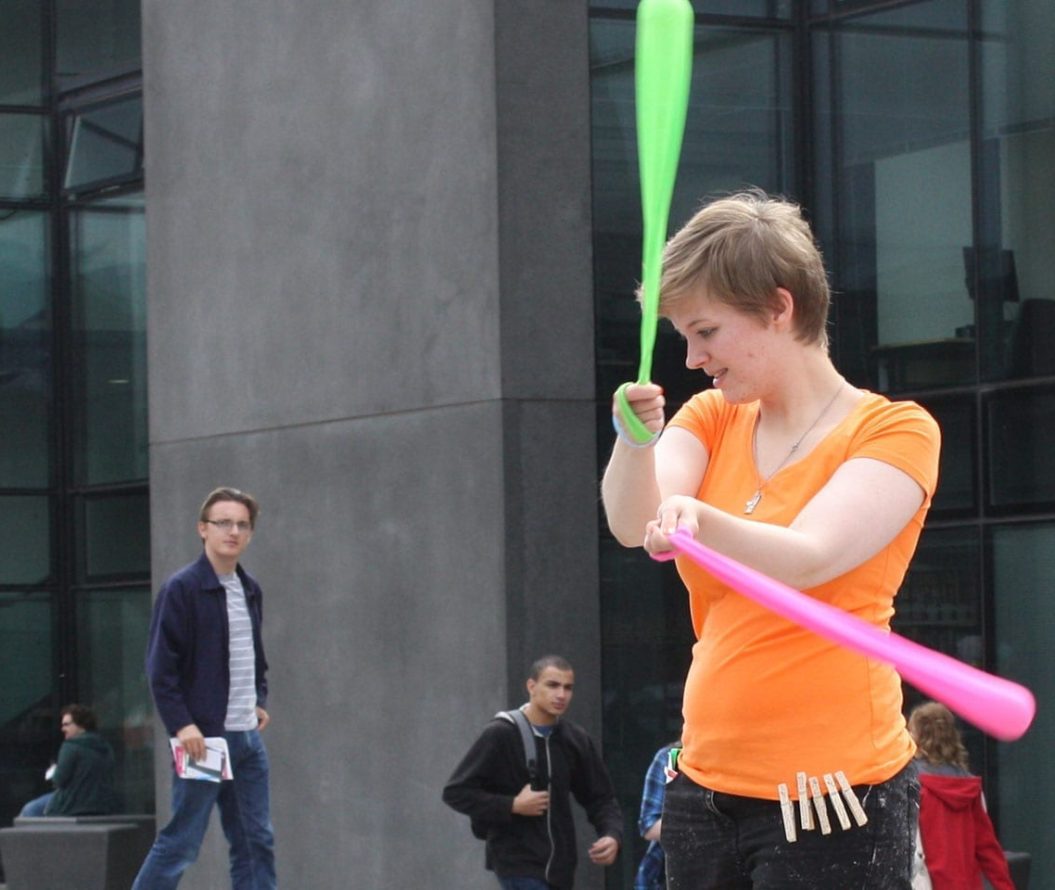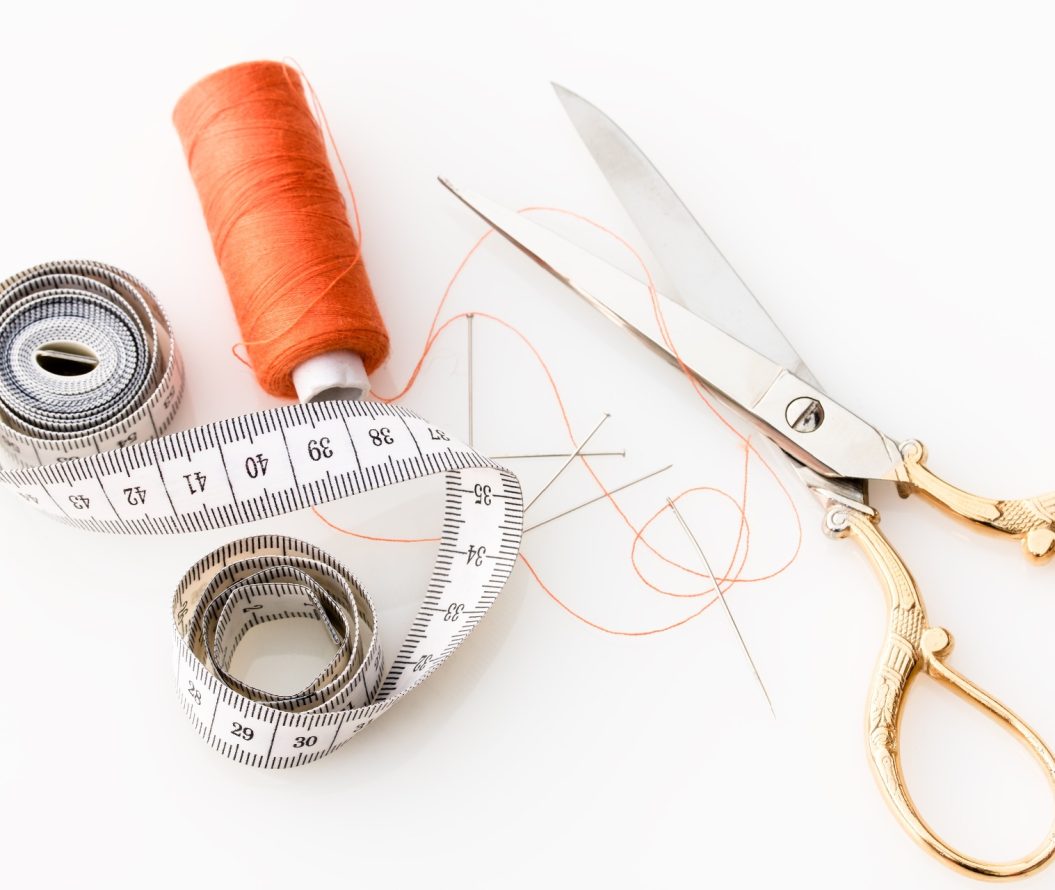A collection of articles written by students at Bishop Grosseteste University as part of their partnership on the Office for Students Mental Health Project.
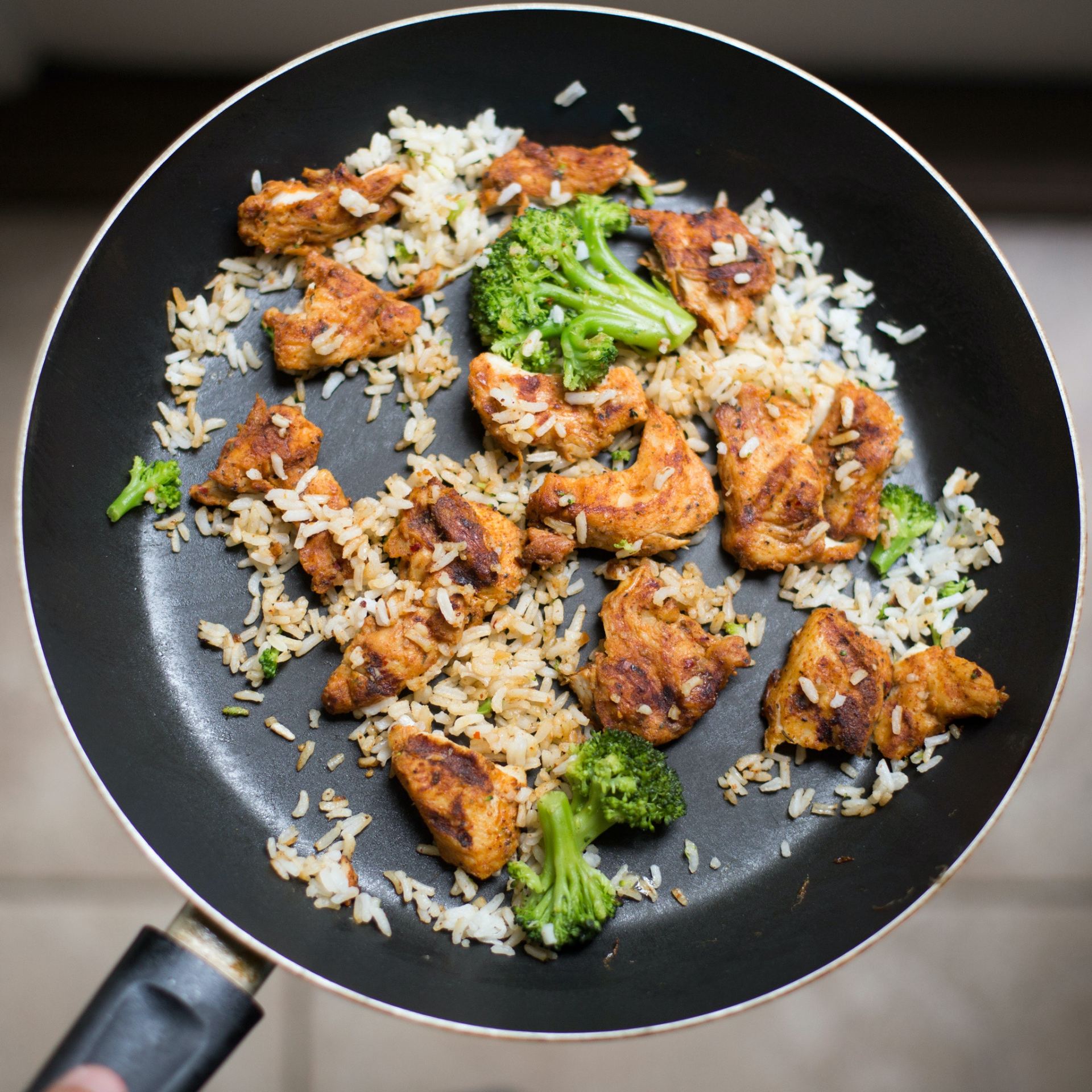
Freezing food and using leftovers
July 7, 2021,
read.
This article is more than 3 years old
Eating leftovers and freezing food are great ways to save money and reduce waste, but do you know how to safely store and use your leftovers?
Using leftovers
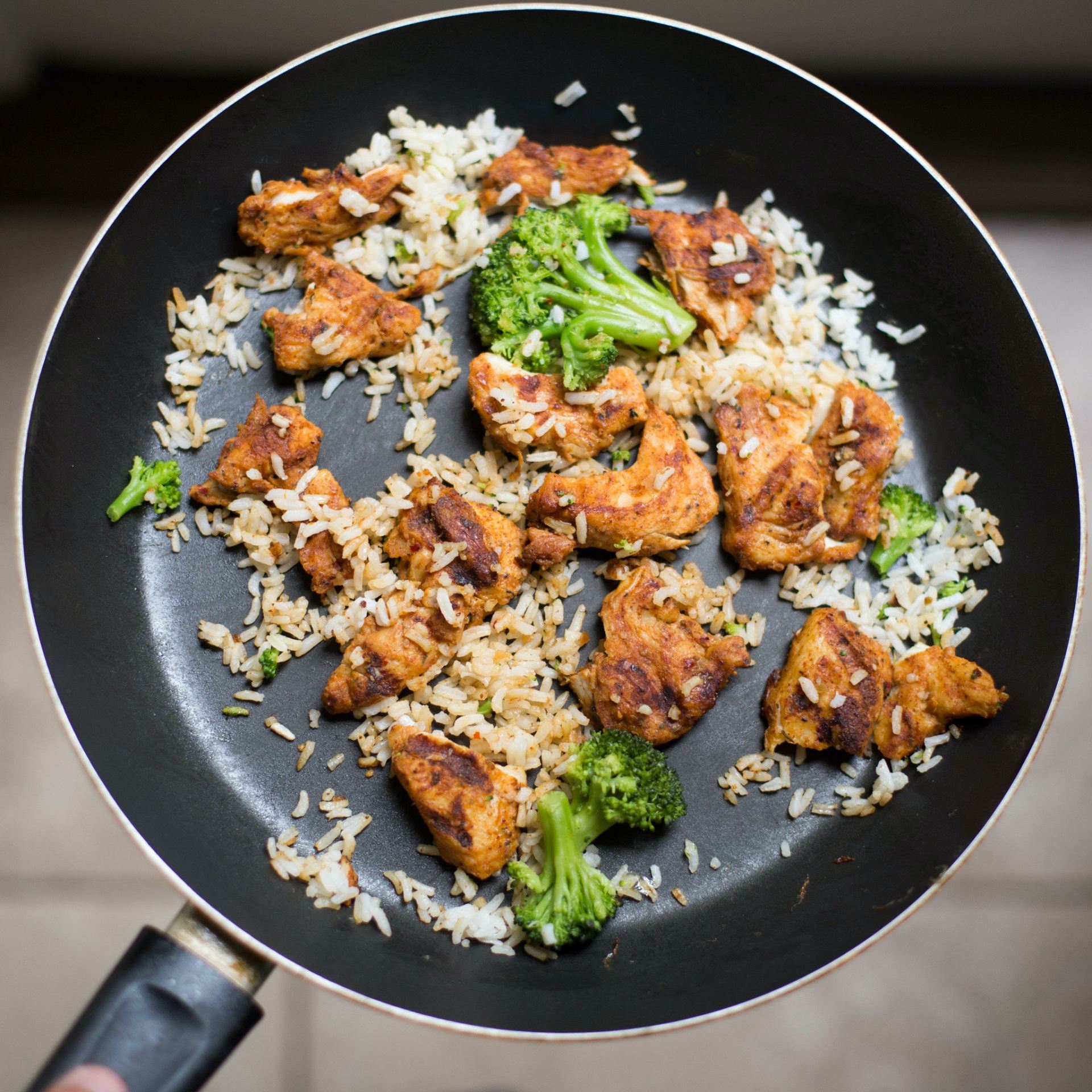
Do not throw away leftovers – they could be tomorrow’s lunch! Follow these tips to make the most of them:
- Cool leftovers as quickly as possible, ideally within 2 hours
- Divide leftovers into individual portions and refrigerate or freeze
- Use refrigerated leftovers within 2 days
- When reheating food, make sure it is heated until it reaches a temperature of 70C for 2 minutes, so that it is steaming hot throughout.
- Always defrost leftovers completely, either in the fridge or in the microwave
- When defrosted, food should be reheated only once, because the more times you cool and reheat food, the higher the risk of food poisoning
- Cooked food that has been frozen and removed from the freezer should be reheated and eaten within 24 hours of fully defrosting
- Foods stored in the freezer, such as ice cream and frozen desserts, should not be returned to the freezer once they have thawed
- For safety and to reduce waste, only take out of the freezer what you intend to use within the next 24 hours
Cooked meat temperature chart
Here is a good guideline for the temperatures meat should be cooked at, which is especially important when you’re trying to cook-through your frozen meats!
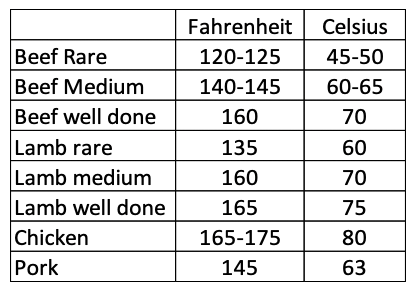
Freezing and defrosting meat and fish
It’s safe to freeze meat and fish as long as you:
- Freeze it any time before its use-by date
- Defrost meat and fish thoroughly before cooking – lots of liquid will come out as meat thaws, so stand it in a bowl to stop bacteria in the liquid from spreading to other things
- Defrost meat or fish in a microwave if you intend to cook it straight away or, if not, defrost in the fridge overnight so it doesn’t get too warm
- Cook food until it’s steaming hot throughout
- Make sure meat is properly wrapped in the freezer or it might get freezer burn, which can make it tough and inedible
- Date and label meat in the freezer and eat it within 24 hours of defrosting
- You can freeze meat for a long time and it will still be safe to eat but the quality will deteriorate, so it’s best to eat it within 3 to 6 months
- Do not worry if it’s frozen for longer – try marinating it before cooking to improve texture or use herbs and spices to add flavour
You can freeze most other foods too. Be careful to use an airtight container or wrap tightly in a bag before freezing though, as the cold air can dry food out!
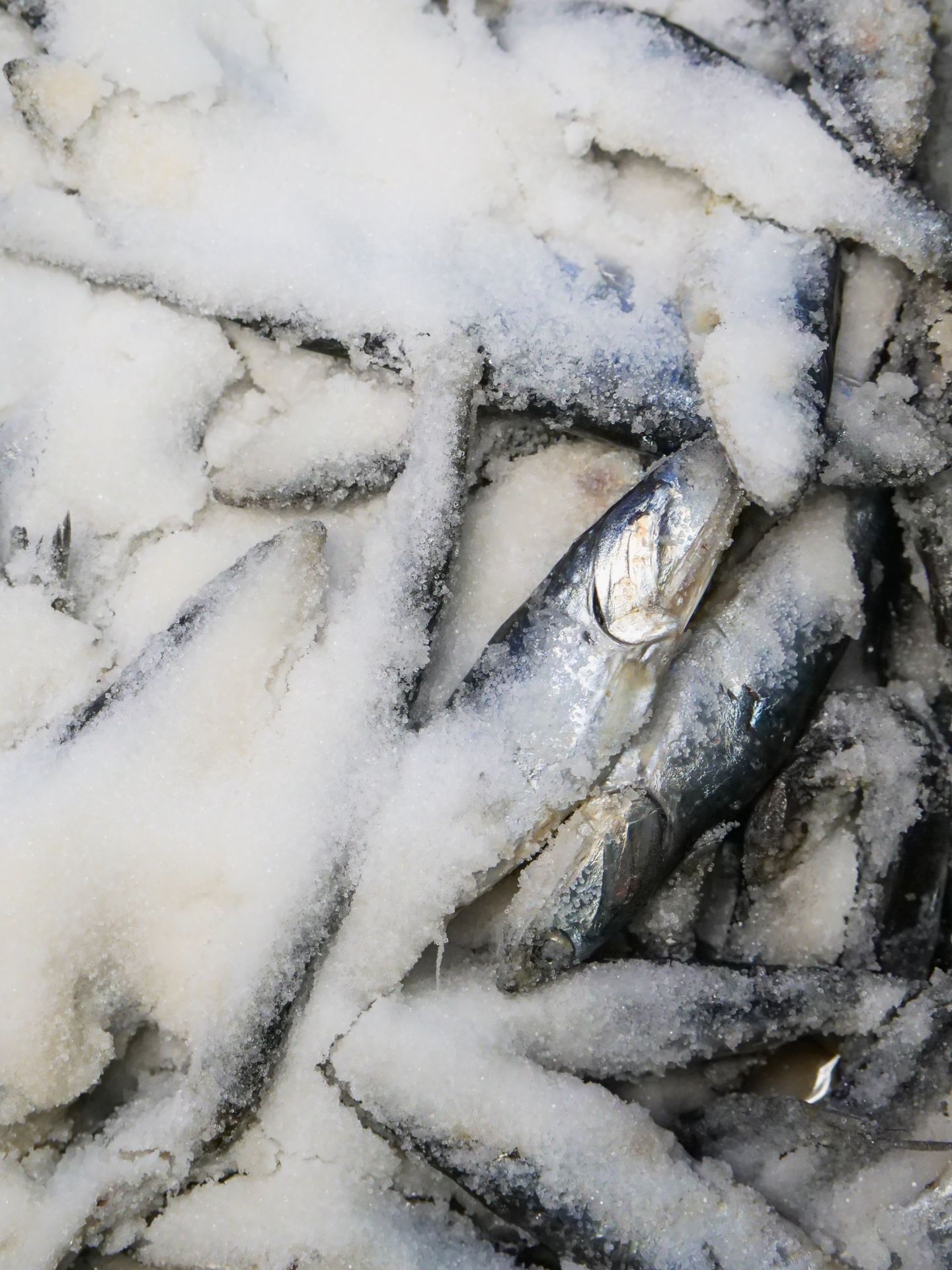
Refreezing meat and fish
- Never refreeze raw meat (including poultry) or fish that has been defrosted.
- You can cook frozen meat and fish once defrosted, and then refreeze them.
- You can refreeze cooked meat and fish once, as long as they have been cooled before going into the freezer. If in doubt, do not refreeze.
- Frozen raw foods can be defrosted once and stored in the fridge for up to 24 hours before they need to be cooked or thrown away.
- To reduce wastage, divide the meal into portions before freezing and then just defrost what you need.

